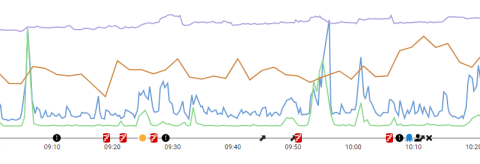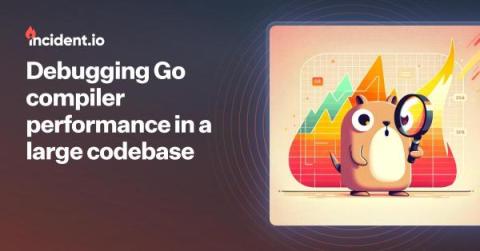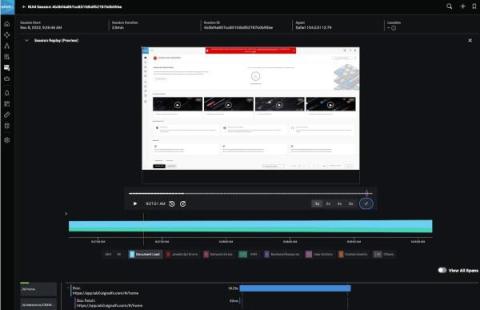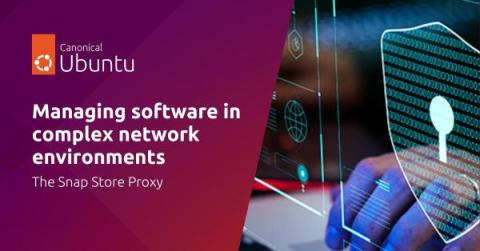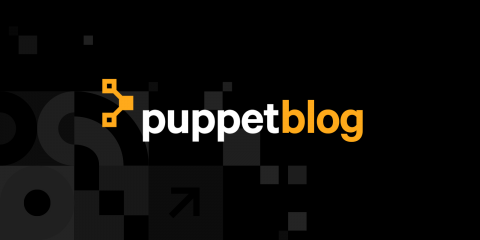Does Step Function's new TestState API make end-to-end tests obsolete?
Step Function added support for testing individual states . Which lets you execute individual states with the following: And returns the following: With the TestState API, you can thoroughly test every state and achieve close to 100% coverage of a state machine. So, does this eliminate the need for Step Functions Local ? Can we do away with end-to-end tests as well? If not, where should this new API fit into your workflow, and how should you use it?



